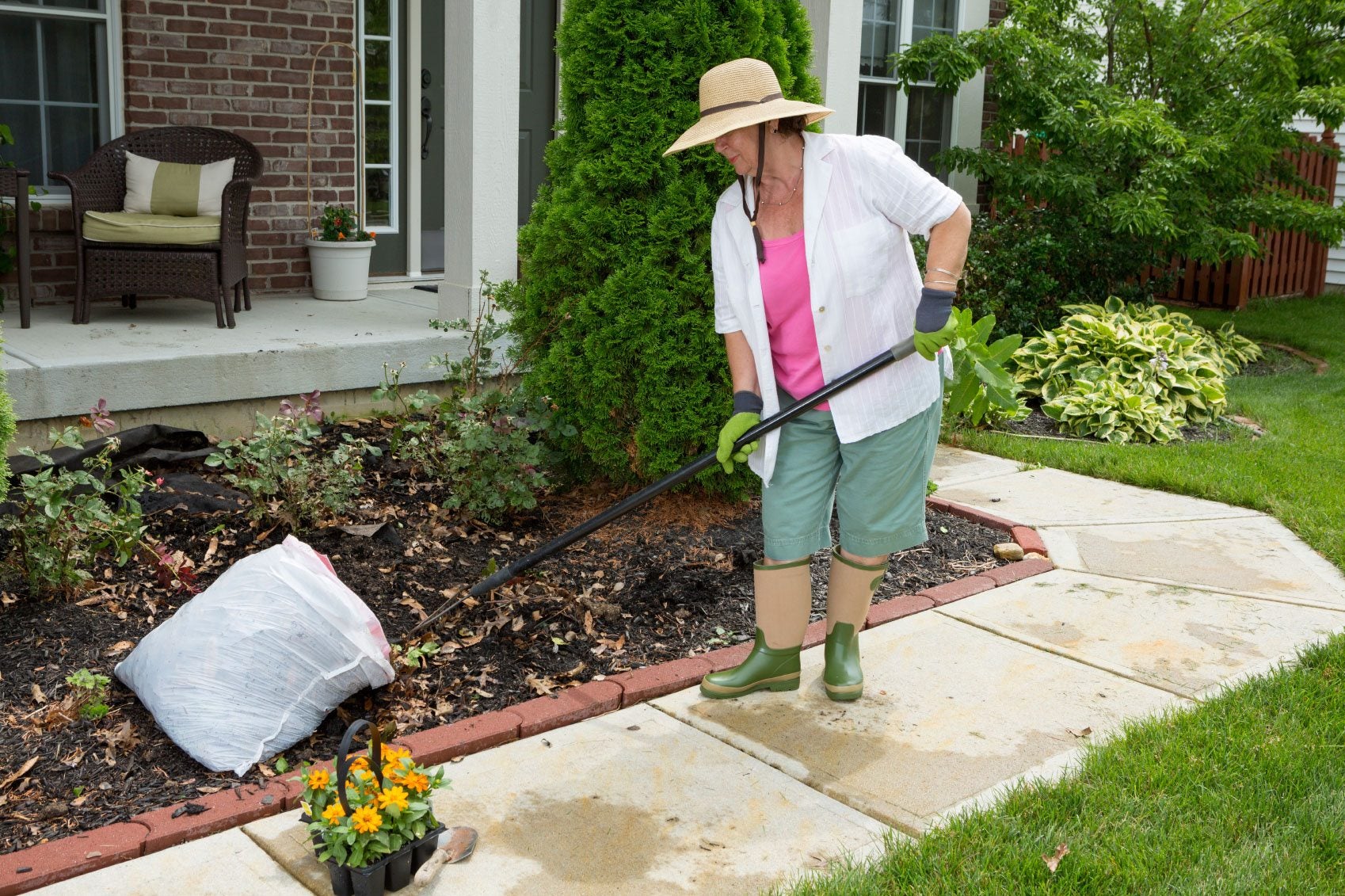Adaptive Gardening Tools: Tools That Make Gardening With Limitations Easy


Gardening is a healthy and fun hobby for any person, including those with physical disabilities. Gardeners with limitations can still enjoy planting and growing their own crops and brighten their home interior with interesting selections. Those with mobility problems can use adaptive garden tools to help them successfully tend their landscape. The industry is responding by making garden tools easier to use.
Adaptive Gardening at Home
There is no reason why a person with some limitations cannot enjoy gardening. The hobby is a healthy way to get moderate exercise, enjoy the outdoors, and engage in an activity that produces pride and a sense of accomplishment. Adaptive gardening utilizes new, innovative lightweight tools for disabled persons. Many garden tools can be adapted at home to save you money and allow you to use a favorite item with ease. For instance, if you have trouble bending to plant your garden, mix seed in a jar with small holes punched in the lid and sprinkle them on the soil from a standing position. You can also mix them in gelatin blocks and allow the sun to melt them into the ground. Simple additions of old broom handles or PVC pipes to existing tools will extend your reach. You can also use bike tape or foam to increase grips on handles or help conform to a prosthetic limb. Making garden tools easier to use in the home is relatively easy and only limited by your imagination.
Adaptive Garden Tools
The health benefits of fresh air, new sites and sounds, and moderate exercise are all found in gardening. Those gardening with limitations can experience the same benefits if they use adaptive garden tools. Tools for disabled gardeners can also be found online and in flower and garden centers. Some examples of adaptive garden tools are attachable extension rods, quick release tools, cushioned handles, and a variety of “grabbers.” A garden seat with wheels makes mobility easier for some gardeners, providing movement assistance on firm soil and paths. Arm cuffs go around your forearm and attach to a variety of tools to help extend reach and increase leverage and grip. The tools available for attachment are trowels, forks, and cultivators.
Gardening with Limitations
Gardeners with mobility problems may find that a garden seat is a valuable tool. A raised table garden bed also makes reaching the plants easier for some gardeners. Make a plan to ensure that the final design will be something you can care for with your specific limitations. A container garden is an excellent way to enjoy gardening and may be done indoors or on your patio. Create a system where you can spend shorter sessions working when gardening with limitations. Listen to your body and use adaptive garden tools to make projects safe and accessible. Preparation can go a long way to a lifelong enjoyment of your garden, no matter what your limitations may be. Get help, if necessary, putting in paths, seating areas for resting, and a good irrigation or drip system.
Sign up for the Gardening Know How newsletter today and receive a free copy of our e-book "How to Grow Delicious Tomatoes".

Bonnie Grant is a professional landscaper with a Certification in Urban Gardening. She has been gardening and writing for 15 years. A former professional chef, she has a passion for edible landscaping.